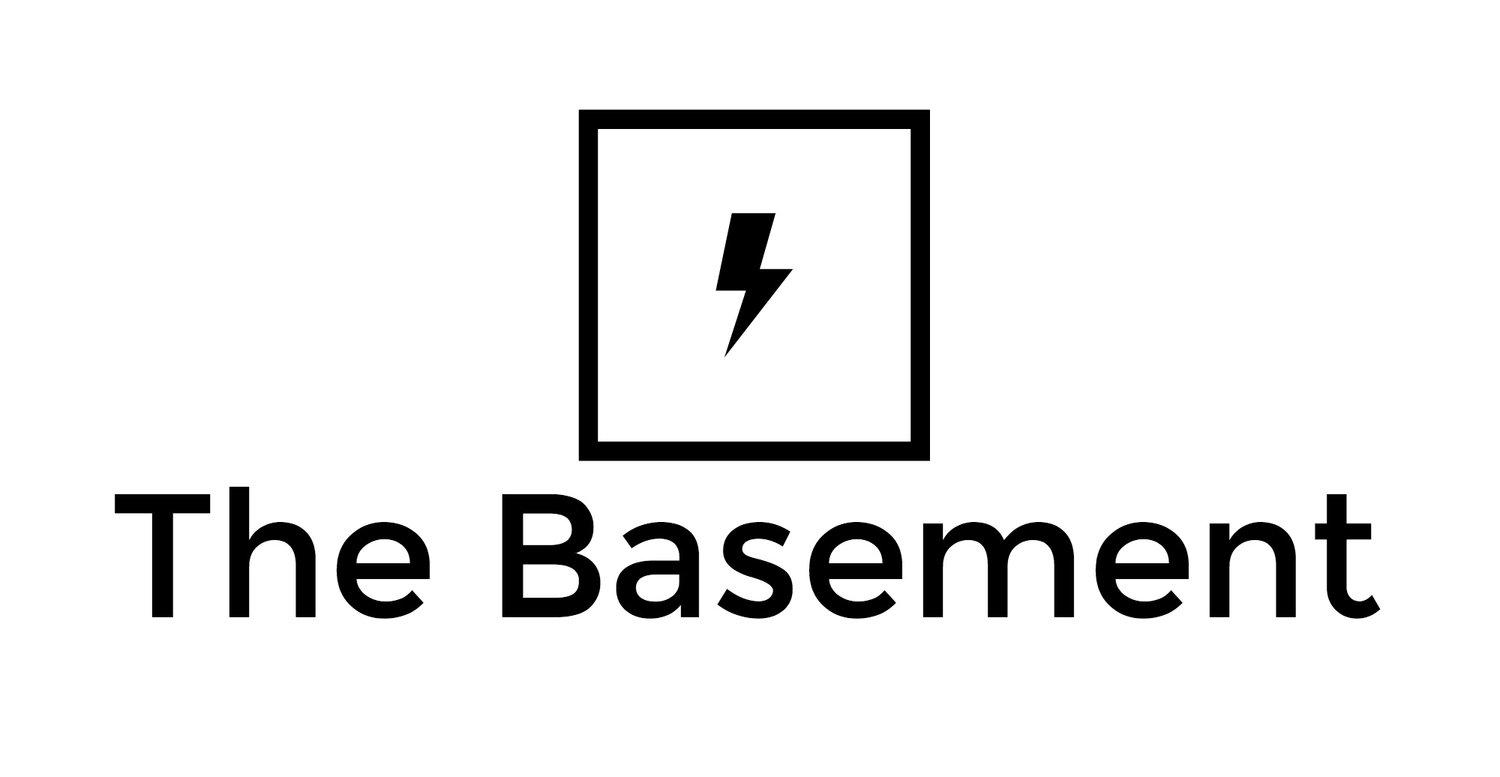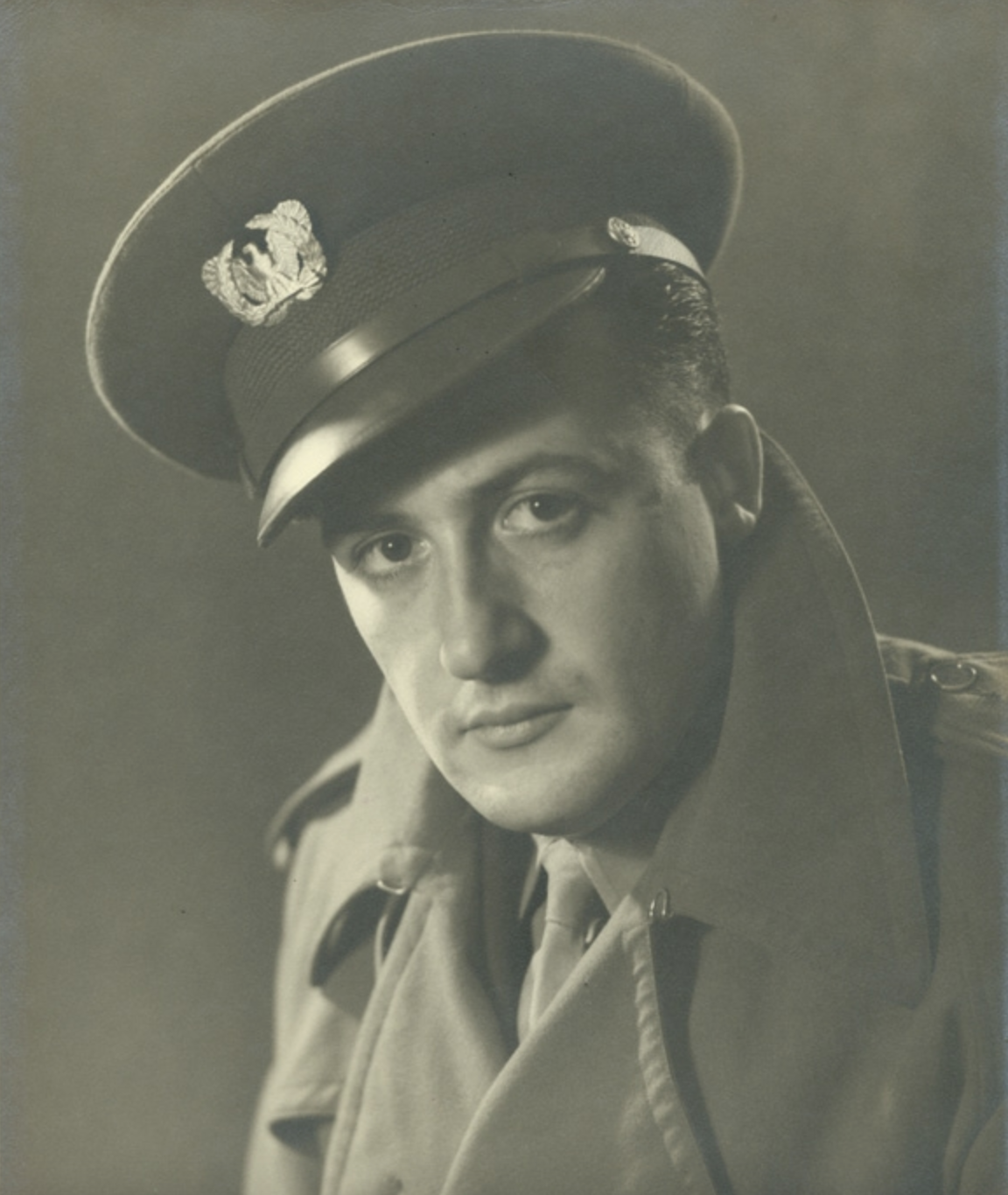Will Eisner, The Big One, and Joe Dope
Will and Joe, a long-running team.
Will Eisner, comic book pioneer, after a few years of slaving away in the newly-birth comic book mine finally, had his dream come true: his own comic strip in an actual newspaper. The Spirit was a comic-book-style insert inside the Sunday paper featuring young Denny Colt, a criminology student who is supposedly murdered within the first few pages of the first adventure. Turns out Colt is not only not dead but decides to use his deceased status to fight back against crime in the anonymous guise of 'The Spirit'. He ventured forth to crush crime in a blue suit, snap-brim fedora, red tie, blue mask, and gloves.
The strip premiered on June 2nd, 1940. Note that date. Eisner quit what was a highly lucrative business, running his own shop supplying the booming comic book industry with content. He and his shop would deliver to the clients the whole package; characters, stories, art, and covers. He was very good at it. But to have his own strip was the dream so he sold his interest to his partner Jerry Iger and set up a shop to produce The Spirit. He had to churn out 8 pages a week of ‘The Spirit’ (later 7) and oversee the production of 4 pages of ‘Lady Luck’ and ‘Mr. Mystic’.
This might be hard to believe these days, but most in the comic book world in the “Golden Age” didn't want to be in comics, they wanted to be in newspapers or to be in the 'slicks' (magazines). Comic books were the gutter, the red-headed stepchild of the publishing industry, and beaten as such. The writers and artists toiled away, always looking for the chance that would lift them out of the ‘funny book’ industry.
Eisner started working on the Spirit in late 1939, right before WW2 was about to draw in America. Everyone knew it was coming, and Eisner was 24, draft age. But he had to take the chance. Then, on December 7th, 1941, Pearl Harbor happened, and the ‘looming war’ was now a reality.
And Eisner was drafted.
Will was forced to hand 'The Spirit' to ghosts, and he entered the army.
This is a very long introduction to Eisner's work in the Army: Joe Dope.
Joe Dope was a lazy, corner-cutting goldbricking private who did everything wrong. Eisner created the character and used him (and comics) to teach the new GIs what to do and not to do with their equipment; how to use and take care of it and keep it running in combat conditions. This was a new concept to the military and took a bit of selling. It proved to be a huge success and Eisner's instructive comics appeared first in the magazine Army Motors and later in PS Monthly during the Korean War.
Eisner returned to the Spirit in 1945 and finally ended it in 1952. His other business 'American Visuals' producing PS Magazine and comic pamphlets for businesses were taking up too much of his time. Eisner found trying to pass the strip off and still maintain quality to meet Eisner's standards was proving to be a tough task, and most of the several ghosts were not up to it. Not wanting to see the strip fail, or to hurt the name ‘Will Eisner’, Will ended it. Denny Colt fought no more.
Eisner would go on working on Joe Dope and his pals through the Vietnam War, under contract with the government. Of course, all of these, plus the original art, were the property of the government, locked up and hidden away for decades. Until recently,
Here's a selection of Eisner's rarely seen 'Joe Dope' posters in the Library of Congress. There were meant to be hung in barracks and motor pools, warning soldiers not to be like Joe. We can only hope that they were effective in saving equipment, and of course, lives.
Sometimes the very popular mechanic (and much smarter) Connie Rod stood in for Joe.
Remember, we have the world’s best equipment, TAKE CARE OF IT!

















